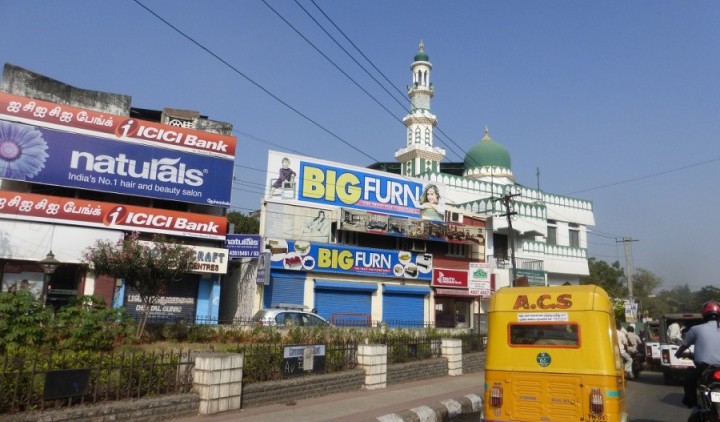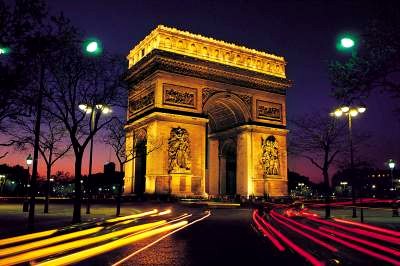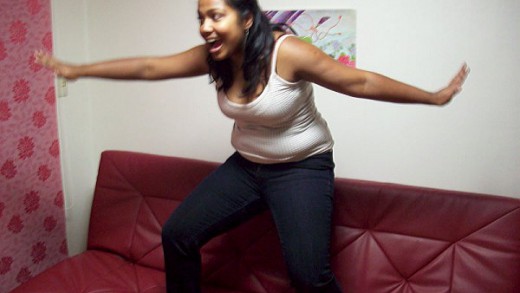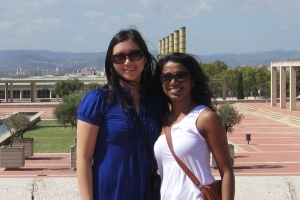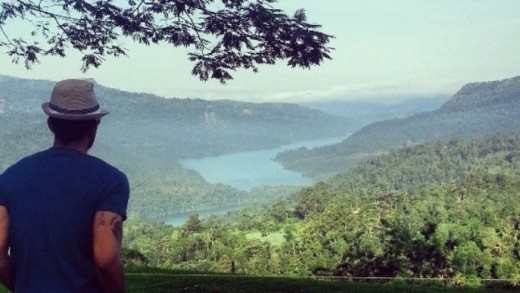Even when I first arrived in Chennai as a five-year-old in 1987, I remember my mother being grateful to have found a safe but uncertain shelter for her children. The civil war in Sri Lanka was becoming increasingly violent ironically as a result of the finally overt involvement of India’s own special military contingent, the Indian Peace Keeping Force. This irony may have been lost on her because she was simply relieved, as were many Tamils from Sri Lanka who sought refuge in the city since 1983 and even before then, to find herself in the relative safety of a place that she and others proclaimed to be சிங்கார சென்னை, or “Beautiful Chennai”.
A quick Google search easily tells the story of Chennai the city. It is India’s fourth most populous metropolitan area with a ballooning middle class that has led to skyrocketing real estate prices. It is the country’s second largest exporter of human capital in Information Technology and Business Process Outsourcing. It boasts many booming industries most notably automotive manufacturing making it the “Detroit of India”, and is India’s second largest financial hub after Mumbai. Chennai is also the primary global site for production of “Tamil culture” being the mecca for Carnatic music, Bharathanatyam dance, and the Kollywood film industry. The city also remains a key political force in the country whether it was the Congress politics of pre-independence India or the pro-Dravidian politics since the late 1950s. Indeed, the current Chief Minister is widely regarded as one of the most influential politicians in the country and is considered a kingmaker in New Delhi, the hallowed seat of India’s central government.
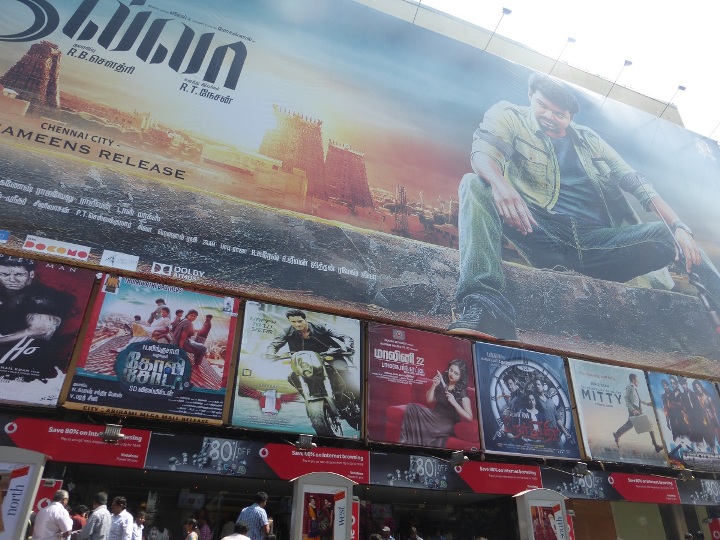
This article, however, is meant to be a personal meditation and not a political treatise.
For a young boy in 1987, the city was a wonder – pure and simple. My childhood memories are the sharpest here because it was not, at that time, Chennai the city I now intellectually understand but Madras that gave emotional shape to experiences that define me: The streets were wider than in Jaffna, albeit not as clean, which provided an excellent venue to bat about a tennis ball or race around in bicycles often crashing and scraping knees; Elliot’s Beach was just a stone’s throw away and my grandmother kept watch as my siblings and I ran up and down the shoreline dodging the crashing waves of the Indian Ocean; Amul butter, Kissan jam and Kwality ice-cream became the unforgiving standards by which we would judge every other brand of butter, jam and ice-cream in our lives; the armful of Amar Chitra Katha comics introduced me to the Indian freedom movement and Hindu mythology which hardwired in me, concepts of seva, dharma and karma; the unmistakable sounds and smells of Indian firecrackers that were set off for celebrations especially during the deepavazhi festival; the jasmine-scented stalls paving the way to the Ashtalakshmi temple; bowing dutifully over a candle lit for Annai Velankanni; the sound of M.S. Subbulakshmi’s iconic rendition of Sri Venkateswara Subrabapatham that would be our alarm clock in the mornings; the sound of mrudangam practice in the evenings from the neighbour’s flat upstairs; chocolate éclairs and fruit bread from Adyar Bakery; watching Superstar’s films in theatres; He-Man and Shazam cartoons followed by tele-dramas of Ramayanam, Mahabharatham and Param Vir Chakra interspersed with patriotic Doordarshan commercials such as “Torch Run” and “Mile Sur MeraTumhara”; trying to make the live statue man at VGP Golden Beach laugh; learning Tamil penmanship at home to write letters to relatives left behind in Sri Lanka; the excitement when our father visited us on vacation from work overseas since it meant foreign chocolates to lord over friends and long drives in Ambassador taxis on pilgrimage to Madurai, Trichy, Thirunallar, Kumbakonam; and so on. Madras is also where I fell in love for the first time. It was a sweeping, serious affair as most childhood romances go. Priya was a bubbly TamBram, pigtailed and clutching on to her tiffin carrier as she boarded the school bus every day. The fatal blow, though, came the day I realized she was also the smartest person in the classroom and a heady mix of romance and academic competition soon overtook me. Funnily enough, I cannot recall any conversation between us but when I became the teacher’s pet, I knew she knew of my existence and that knowledge was sufficient consummation of our relationship.
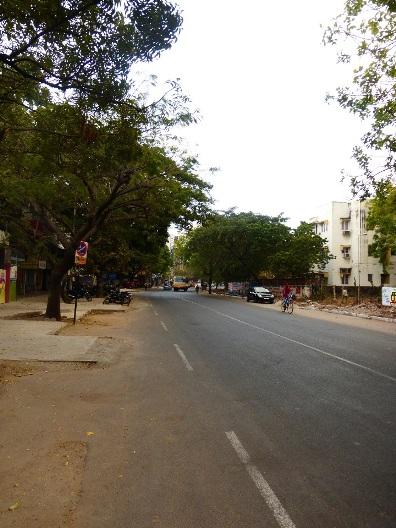
Many years later, I returned to Madras in 2008 chasing love again which opened up new emotional vistas as an adult: long conversations with Balu mama about “that man Prabhakaran”; idli-podi-sesame oil breakfast combos; pouring over “The Hindu” with a cup of Kumbakonam degree coffee in hand; arguing with territorial mamis over coveted seats at the Madras Music Academy; haggling with auto rickshaw drivers when sabha hopping in pursuit of the old masters and emerging superstars; competing to guess the rAgam from the first notes of the Aalapanai; staring spellbound at the Kalakshetra bani of Bharathanatyam; speculating real estate; exploring new business ventures; discovering a knack for spotting quality Kanjivaramsaris in the silk houses that dotted T. Nagar; immersing myself in the bubble of fancy clubs and expensive restaurants; and so on. Above all else, Madras was also where I first seriously considered marriage and was able to visualize, for the first time in my life, my place in a personal constellation of people, places and personal bonds that I was determined to make my future. It seemed fitting at the time that this realization would dawn on me in the place of my childhood thus taking on a more spiritual, “it is destined to be” tone edging out any latent fears and doubts I had. This, of course, was long before I was informed that love was not enough to make marriages last.
This time – my fourth return to Madras – I came chasing myself: to retrace old streets; to walk on the beach that remains unchanged; to lose myself in kutcheris that I attend alone; to avoid sari shops; to travel beyond the social and geographical boundaries of Besant Nagar, Adyar and Tiruvanmiyur that circumscribed much of my childhood; to extract myself from the Carnatic-Bharathanatyam bubble and search out other experiences; to learn about the struggles of dalits and caste politics that still dominate; to seek out new spaces for progressive arts, literature and theatre; to recognize my upper-caste, middle-class privileges of growing up in Besant Nagar and making active attempts to learn more about the plight of Sri Lankan Tamil refugees who still live in (im)permanent camps in Tamil Nadu; to understand that begging here is also sometimes just business; to recognize the disparity between pavement shops that sit cheek-by-jowl with fancy new Italian coffee shops; and observe portly middle-aged men in fancy shorts and shoes jogging past a mother washing her child on the roadside using a single Bisleri bottle of water.
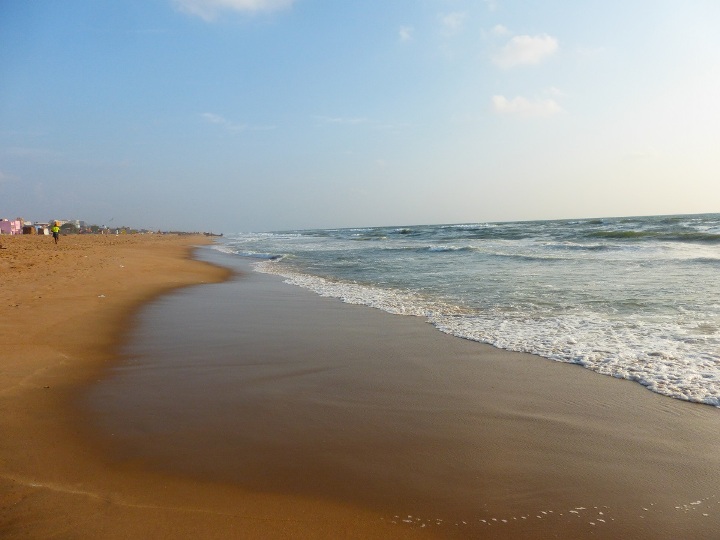
The Madras that I see now is free of mere nostalgia. It is not just the innocent, happy-go-lucky Madras of my childhood nor is it only the hopeful, love-struck Madras of my first return. This “new” Madras has acquired hues and shapes that reflect the realities and contradictions that we grapple with about the identity and relationship between Tamil and culture. It is also a Madras that personally embodies the doubts, hopes, despair, and gratitude that toss me around from one experience to another, one place to the next. However, this has only made Madras even more of a beautiful, rounded emotion for me to experience. I have come back to another one of my homes – to tell these walls and waves of my pain but to also confide in them my hopes for the future. Madras has welcomed me back to her with open arms, and reassures me that it is okay to let go and create anew.
சிங்கார சென்னை was, is and will always be Magical Madras to me.
* * * * *

 Kumaran Nadesan
Kumaran Nadesan